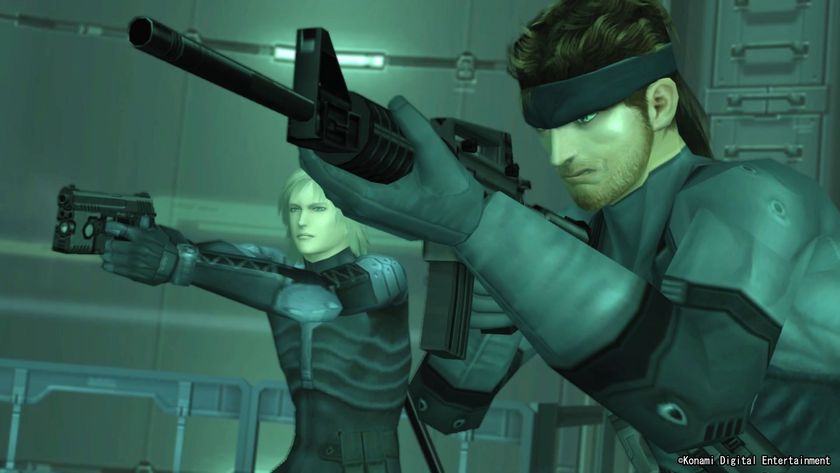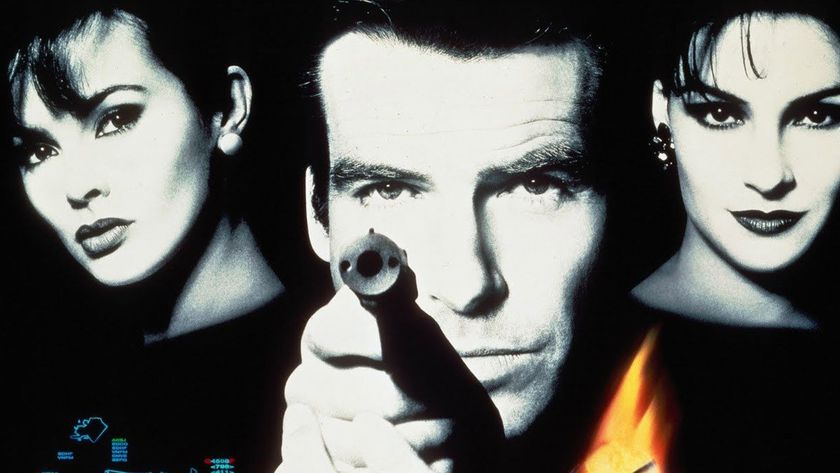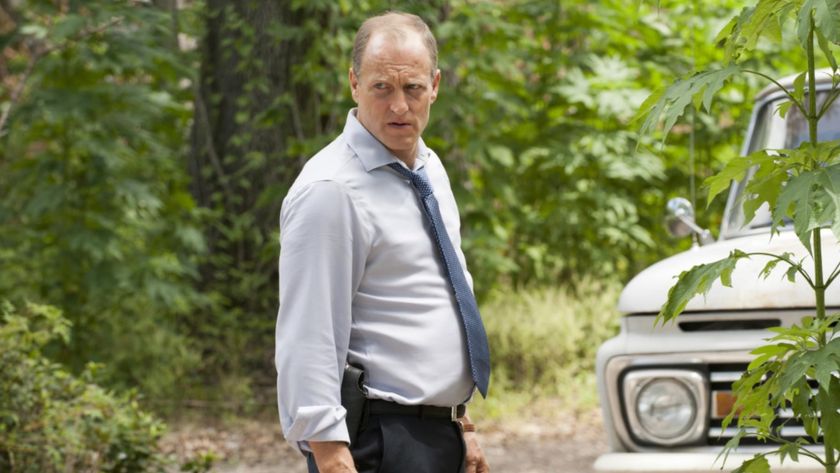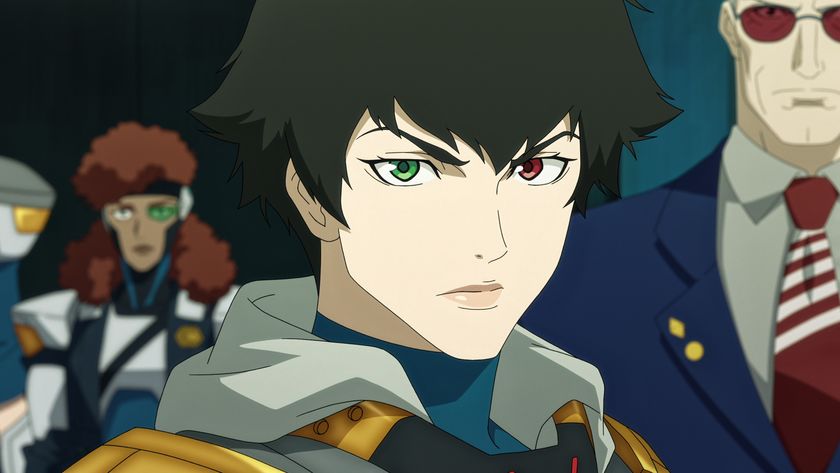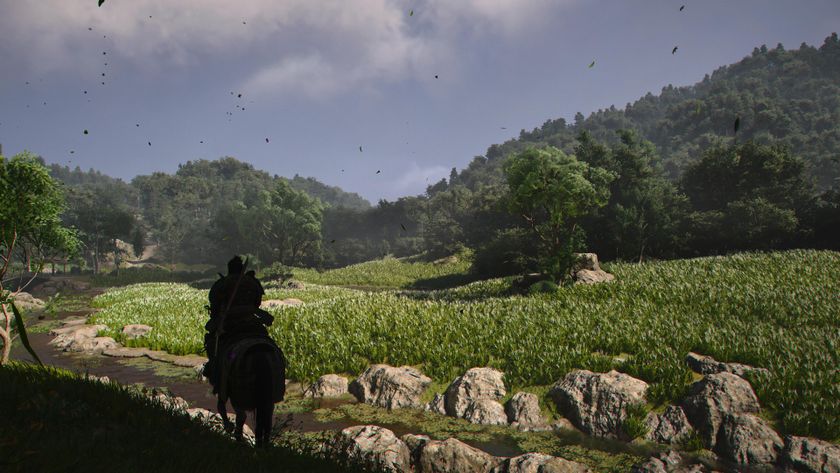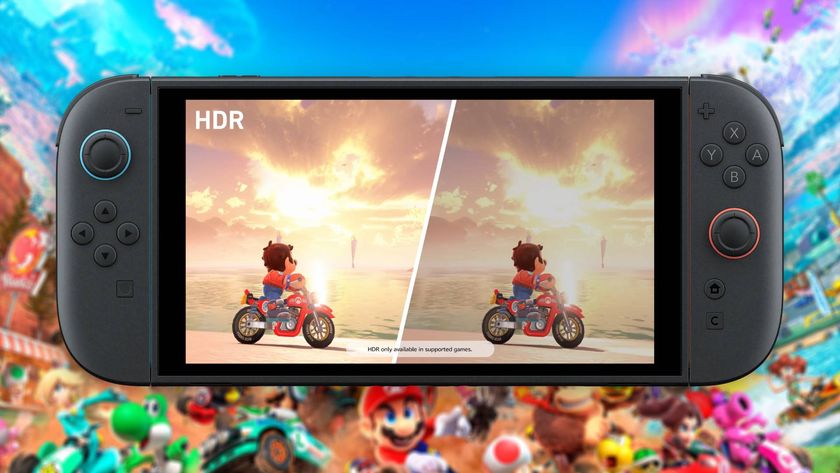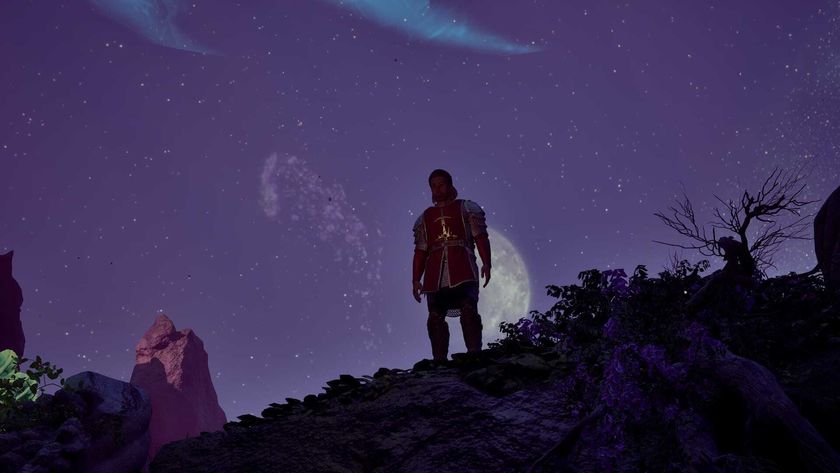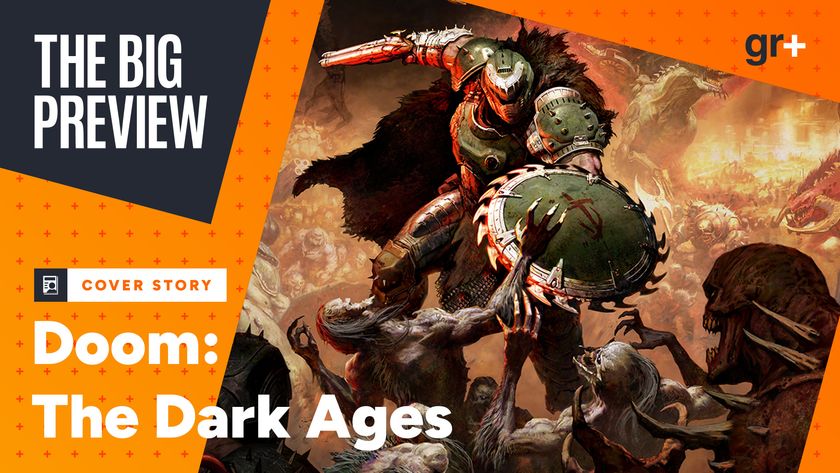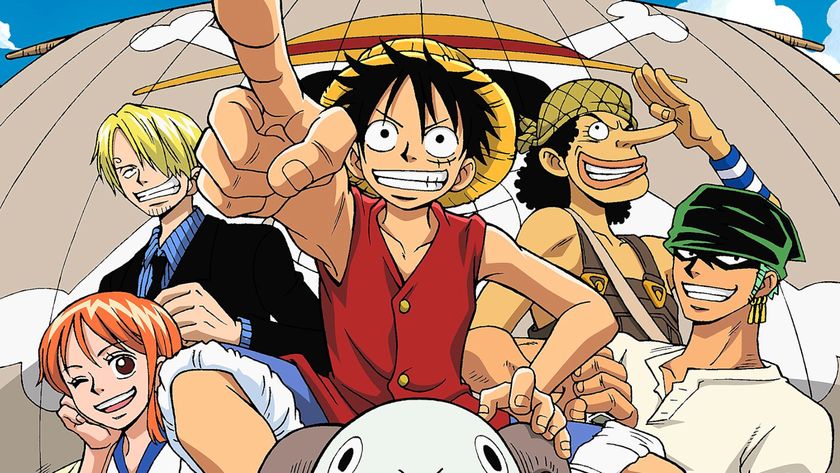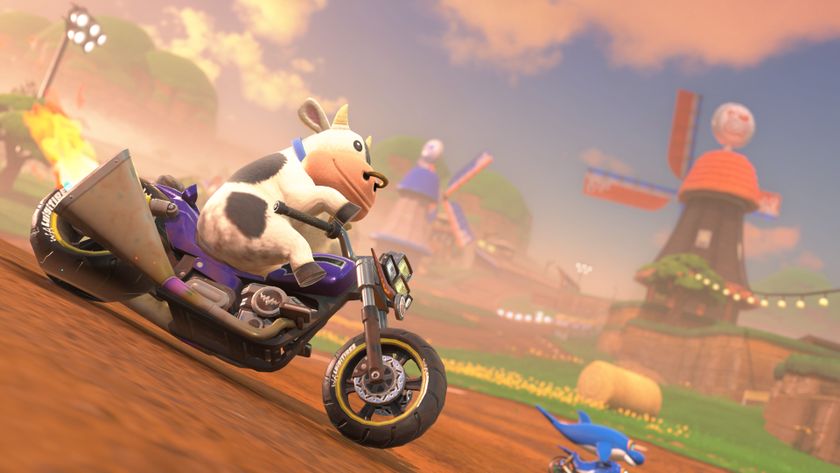The Lord of The Rings: Gollum teases a precious story, but I want to see more from its gameplay
The stealth-led adventure game appears improved, but there's work to do
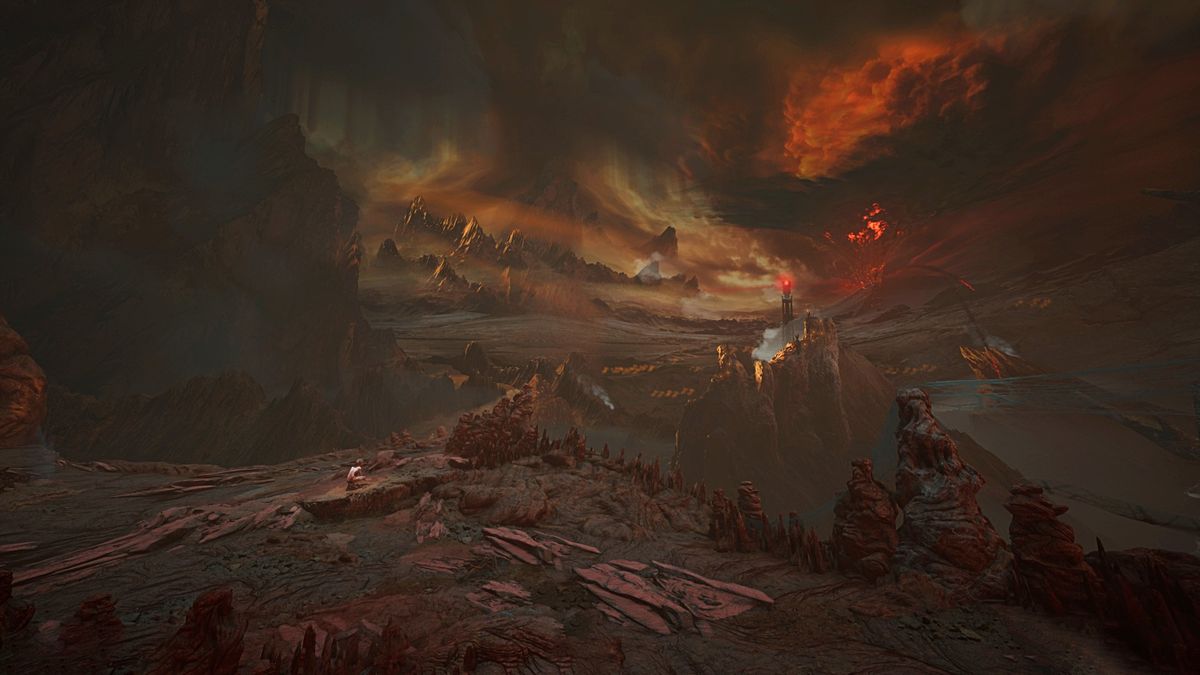
Much like its titular protagonist, The Lord of the Rings: Gollum could easily slip by without drawing too much attention. The 2019 reveal piqued curiosity, though several delays have meant an extended time away from the public eye for further refinement. Last year's gameplay reveal could have been a grand reintroduction to the conflicted Hobbit, though a cold fan reaction gave way to another release date slip.
Close to eight months later, there's a hint of something better. Playing Daedalic's stealth-led adventure game for one hour after viewing a better, since-released trailer offers a clearer idea of how things stand. The Lord of the Rings: Gollum looks visually improved, and some fun ideas are at play, though it remains to be seen if Daedalic can fully deliver upon its intentions.
The Fellowship
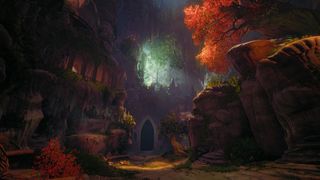
"You have to think, how do these strange elves and orcs operate? You figure that out as a player – whose side you're on and who will probably die. They have a lot of influence on your decisions into the way you experience Middle Earth as Gollum."
Damiri Knapheide, co-writer
Timing, however, could be on Gollum's side. Another factor that could influence the game's success is the resurgent busyness around The Lord of the Rings – HBO's The Rings of Power show is in full swing, more films are on the way, and we aren't short of games to play with another five to come following Embracer acquiring the rights to a wide range of Tolkien's works. When asked if an overabundance of activity around The Lord of the Ring could be a negative, co-writer Damiri Knapheide seems unfazed in their reply.
"I would love to see more good stuff, but obviously, it's not so easy with such an IP," they say during a roundtable interview. "If you want to make a good strategy game, you don't necessarily need to put Lord of the Rings on top of it. Just make a good strategy game."
Pointing to Gollum, the writer emphasises the moving parts a narrative-driven game built around the diminutive Hobbit needs to work. He's not strong in stature, so survival depends on his rhetorical skills and ability to sneak past those more physically able than him. Treating levels as puzzles to be solved can be engaging when done right, though the other half of the game's appeal is the inner conflict between Gollum and Sméagol, and how dialogue decisions born of that influence the broader narrative of the game.
"You have to think, how do these strange elves and orcs operate?" Knapheide says. "You figure that out as a player – whose side you're on and who will probably die. They have a lot of influence on your decisions into the way you experience Middle Earth as Gollum."
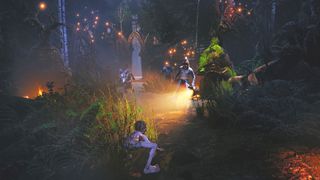
Before speaking to Knapheide, I play two Gollum levels to stoke my curiosity. While one teases how the game feels to play from moment to moment, the other hints at the more story-focused aspects the writer talks about.
Sign up to the GamesRadar+ Newsletter
Weekly digests, tales from the communities you love, and more
I find myself loitering around a grim castle until an audience with a figure known as The Candle Man is allowed to begin. Bringing that wait to an end means interacting with enough objects for context until a towering set of doors slowly creak open, inviting me to slink down a corridor with eye-shaped windows to plant a thought Sauron himself is watching.
While the Candle Man is persistent in discovering what you know about a recent event we won't spoil, the more critical conversation unfolds in your head. Gollum grapples with his other half, Sméagol, when deciding how much they should reveal of what they know. It's down to you to call who is right, though you'll have to convince the half of Gollum you sided against to go with your decision. While my time with the game is too short to see any direct consequences of what I said, Knapheide promises such decisions carry weight.
"It's a core mechanic, and it changes the way you interact with the world and the way the world interacts with you," they say. "You'll get other options if you opt for one side and different options for the other. It's not Detroit Become Human – It's not that scale. One level is completely different in the latter part of the game. If you adopt [a certain side], you'll have a lot of problems."
I'm a creep, I'm a weirdo
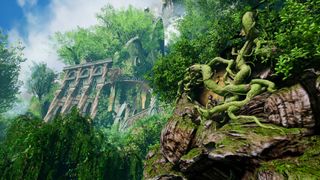
The gameplay is the other half of The Lord of the Rings: Gollum. Another level I play tasks me with slipping away from the elves holding us captive, again in connection to some ruckus from before. Some segments of the level are left open for you to decide how to navigate, though the common thread is sneaking past enemies by sticking to their blind spots. Sometimes that's down to timing, creating an opening by tossing a stone at a vase, or taking advantage of your superior ability to climb and navigate the terrain. It serves as a fine introduction to Gollum, though the environmental puzzles may need to evolve over the game's runtime to keep things fresh.
As Knapheide puts it himself, Gollum isn't the obvious choice to front a Lord of the Rings game, though that doesn't mean the conflicted Hobbit is a bad choice. Tolkien's works see plenty of gutsy underdogs adventure across kingdoms and war-torn lands, yet fewer have seen more than Gollum. "He's seen Sauron and lived; he's been to Mordor and survived; he sees the elves and Gandalf. Who can say the same?" they say. It's a fair pitch boosted by The Lord of the Rings: Gollum's improvement in presentation, though whether Daedalic can deliver upon it while ensuring stealth sections and environmental puzzles evolve past standard fare is still a question that lingers.
Interested? The Lord of the Rings: Gollum release date has been set for May.
Iain joins the GamesRadar team as Deputy News Editor following stints at PCGamesN and PocketGamer.Biz, with some freelance for Kotaku UK, RockPaperShotgun, and VG24/7 thrown in for good measure. When not helping Ali run the news team, he can be found digging into communities for stories – the sillier the better. When he isn’t pillaging the depths of Final Fantasy 14 for a swanky new hat, you’ll find him amassing an army of Pokemon plushies.
